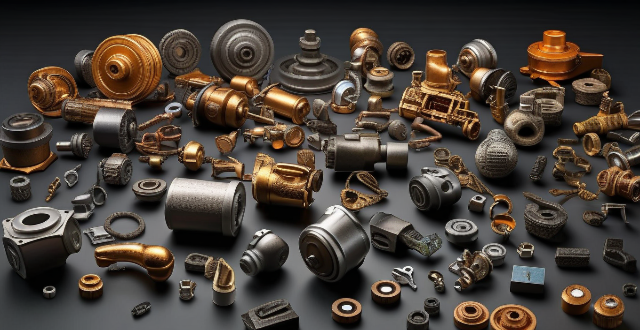Permanent magnet motors are more susceptible to high temperatures due to demagnetization and thermal expansion issues, compared to induction motors and switched reluctance motors which primarily face insulation degradation and material fatigue respectively.

Are Permanent Magnet Motors More Susceptible to Damage from High Temperatures Compared to Other Motor Types?
Introduction
Permanent magnet motors, often used in applications requiring high efficiency and performance, are designed with magnets that have a fixed magnetic field. These motors come in various types, such as brushless DC (BLDC), PM stepper, and PM synchronous motors. When discussing their susceptibility to damage from high temperatures, it's essential to compare them with other common motor types like induction motors and switched reluctance motors.
Core Differences
- Permanent Magnet Motors: The magnetic field is provided by permanent magnets which can be sensitive to heat. Prolonged exposure to high temperatures can cause the magnets to lose their magnetic strength, a phenomenon known as magnetic flux decay or demagnetization.
- Induction Motors: Do not use permanent magnets. Instead, they rely on an alternating current in the stator windings to induce a magnetic field in the rotor. They are generally more tolerant to heat but may suffer from insulation breakdown or reduced lifespan.
- Switched Reluctance Motors: Operate without magnets or brushes and are known for their robustness and simplicity. They can handle higher temperatures but might suffer from decreased efficiency and increased wear at extreme temperatures.
Impact of High Temperatures
On Permanent Magnet Motors
- Demagnetization: The Curie temperature is the point at which a permanent magnet loses its magnetism. If this temperature is reached, the motor will fail.
- Thermal Expansion: All materials expand with heat, and this can affect the fit and tolerances within the motor leading to increased friction and potential damage.
- Lubrication Breakdown: Any lubricants used within the motor could degrade faster at higher temperatures, leading to increased wear and tear.
On Induction Motors
- Insulation Degradation: The insulation on the windings can break down over time, especially at high temperatures, leading to shorts and reduced efficiency.
- Expansion Issues: Similar to PM motors, thermal expansion can cause mechanical issues.
On Switched Reluctance Motors
- Material Fatigue: High temperatures can accelerate material fatigue, reducing the motor's operational lifespan.
- Efficiency Drop: While not directly damaging the motor, high temperatures can lead to decreased efficiency.
Conclusion
While all motor types can suffer from exposure to high temperatures, permanent magnet motors are particularly susceptible to damage related to the loss of magnetism and potential mechanical issues due to thermal expansion. However, the actual impact depends greatly on the specific design, materials used, and cooling methods implemented in each motor type. It's crucial during the design and application phase to consider these factors and ensure that the operating environment stays within the recommended temperature range for the chosen motor type.